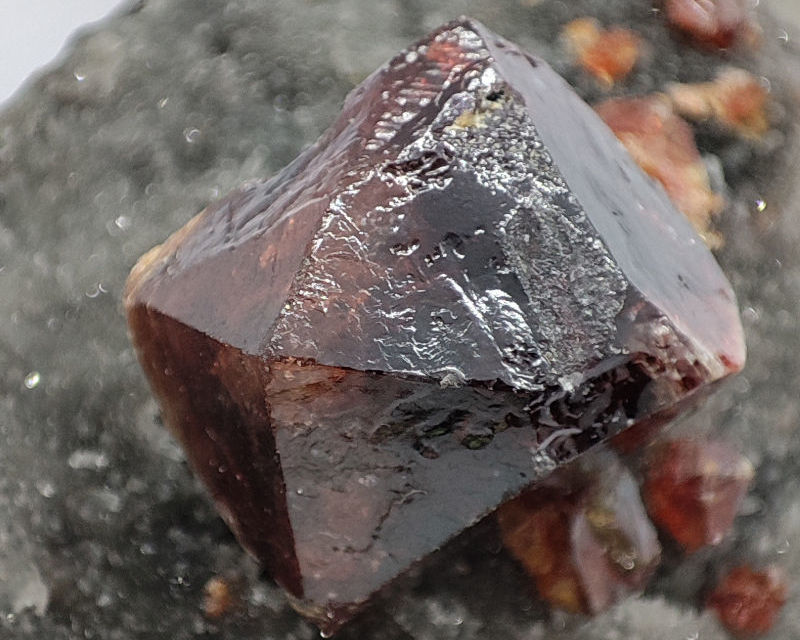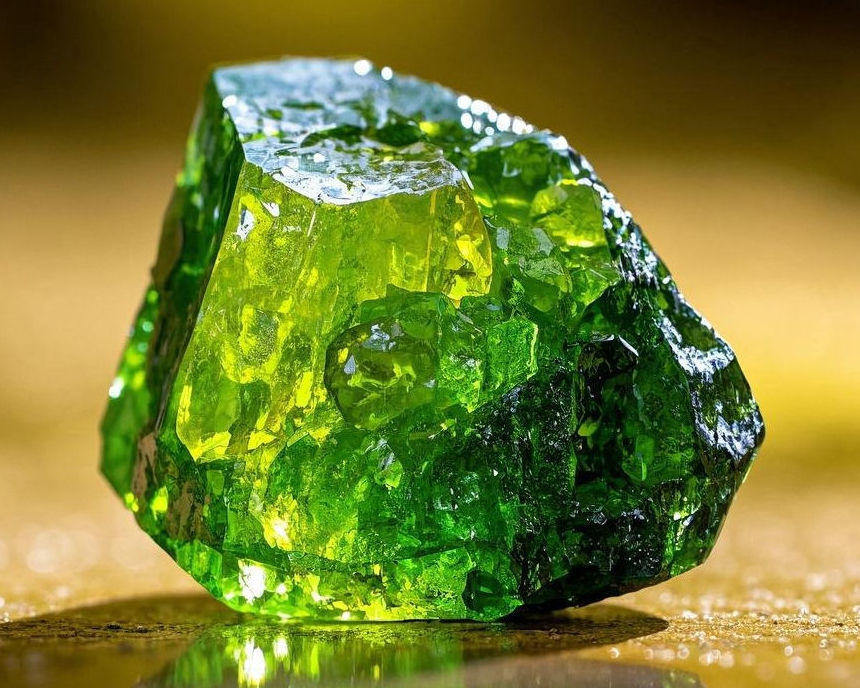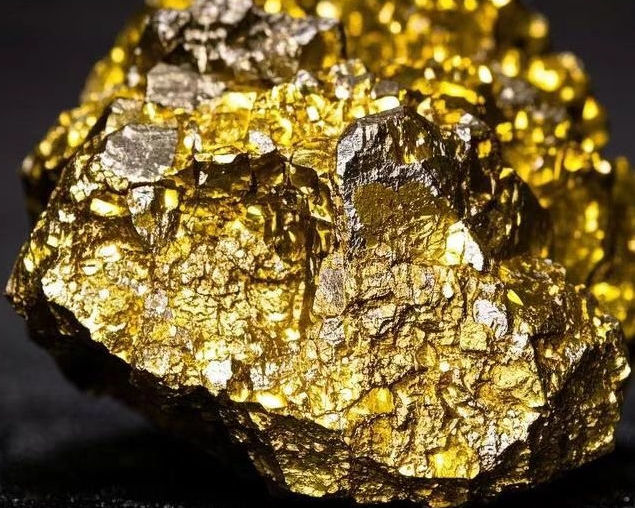Our Location
304 North Cardinal St.
Dorchester Center, MA 02124



MicroStandards is a high-tech company focused on the research, development, and innovation of micro-area analysis reference materials. We are dedicated to providing global geoscience experts with precise, matrix-matched, and reliable high-quality micro-area reference materials, helping scientists break through the boundaries of complex sample analysis and explore the mysteries of the micro world.
[Technological Foundation] Solving the Complexity of Micro-Area Analysis
In micro-area geochemical research, Laser Ablation (MC)-ICP-MS and Secondary Ion Mass Spectrometry (SIMS) are core tools for conducting element quantification, isotopic ratio determination, and precise geochronology. However, the high complexity of natural mineral matrices — such as heterogeneity in chemical composition and structure, uneven element distribution, and the presence of small inclusions — makes the accuracy of analysis highly dependent on the matrix matching between the reference materials and the sample being tested. “Matrix effects” caused by differences in traditional reference materials often become the bottleneck that limits data quality.
[Professional Focus] From Challenges to Solutions
The development of micro-area reference materials is a systematic project that combines materials science, analytical chemistry, and geology. It requires multiple rigorous steps, including mineral selection, uniformity validation, calibration method optimization, and long-term stability assessments. MicroStandards, relying on self-innovated preparation processes, collaborates with leading micro-area analysis laboratories and research institutions worldwide to establish a reference material development system covering natural minerals and synthetic materials. We focus on developing series of reference materials with composition gradients for typical minerals and special materials in geoscience.
[Standardized Development Process]
• Raw Material Sourcing: Select high-quality natural mineral samples from major global mineral production areas.
• Basic Characterization: Use micro-area analysis techniques to determine major element compositions and assess uniformity.
• Collaborative Calibration: Organize global laboratory cooperation for multi-dimensional parameter verification.
• Standard Certification: Strictly follow ISO guidelines to establish recommended values and uncertainty evaluations.
[Global Collaborative Network, Driving Industry Progress]
As a key participant in the micro-area analysis ecosystem, we have established strategic partnerships with internationally renowned laboratories and research institutions to jointly advance the sharing of reference material databases, standardization of analytical methods, and validation of new technologies.
[Quality Assurance System]
We adhere to internationally accepted standards for reference material development and have established a comprehensive quality control system from raw material selection to final value determination. Each product undergoes rigorous uniformity verification, stability testing, and cross-validation across multiple laboratories to ensure data traceability and international recognition.
[Industry Value]
Our solutions effectively address the shortage of reference materials in the field of micro-area geochemical analysis. We provide reliable quality control benchmarks for cutting-edge research areas such as geochronology, element distribution studies, and isotopic analysis, helping global laboratories enhance the accuracy and comparability of their analytical data.
[Mission and Vision]
We firmly believe that each reference material is a measure of scientific understanding. MicroStandards will continue to uphold the core philosophy of “Precision, Innovation, Openness,” overcoming technical barriers in the development of reference materials under extreme conditions, ultra-low concentrations, and at the micro-nano scale. We aim to provide a solid foundation for humanity’s exploration of Earth’s evolution, resource utilization, and deep space exploration.